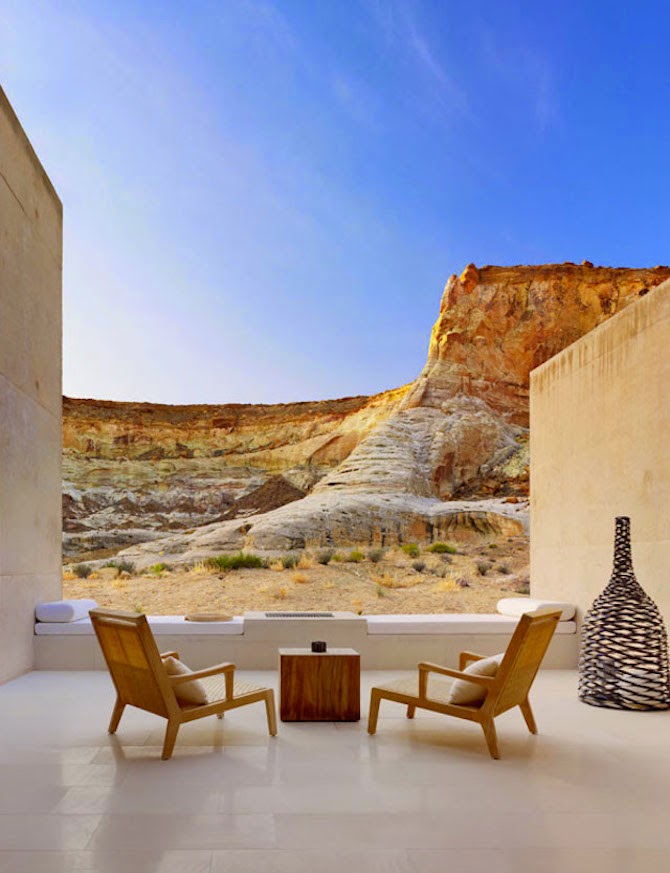Tubac, Arizona, a quaint hidden gem nestled amidst the vast Sonoran Desert, offers a unique intersection of art, history, and natural beauty. This small village, with a population of just a few hundred, has continuously attracted artists, writers, and travelers seeking inspiration in its tranquil environment. The vibrant artistic scene melds seamlessly with the stunning desert landscapes, showcasing not only creativity but an appreciation for the surroundings’ ecological significance.
The history of Tubac is rich and complex, dating back to the late 18th century when it was established as a Spanish presidio. The remnants of this colonial heritage can still be seen in the preserved adobe buildings and charming historical sites that color the town. Walking through Tubac is akin to stepping into a living museum. As one strolls down the cobblestone streets, the scent of desert flora mingles with the sound of chirping birds, providing a visceral reminder of the area’s ecological diversity.
Art enthusiasts will find that Tubac is home to a myriad of galleries, workshops, and art festivals. The Tubac Center of the Arts, a focal point for artists, provides not only exquisite exhibitions but also workshops and educational programs. Visitors can immerse themselves in pottery, watercolor, and even glass-blowing amidst the backdrop of a stunning desert vista. This artistic hub has become a gathering place for locals and tourists alike, nurturing creativity and fostering a sense of community.
The annual Tubac Festival of the Arts, typically held in February, is a notable event that attracts throngs of visitors. This week-long celebration features local artistry, music, and culinary delights, showcasing the individuality of the town’s creative spirit. Attendees can find everything from original paintings and photography to handcrafted jewelry and pottery, each piece echoing the natural beauty that surrounds Tubac. Participating in such an immersive cultural experience enriches visitors’ understanding of how art and nature can coalesce to create profound expressions of identity and place.
Yet, Tubac is more than just an artistic sanctuary; it is an ecological haven. The Sonoran Desert, home to a plethora of unique flora and fauna, invites exploration and appreciation of its environment. Hikers and outdoor enthusiasts flock to the nearby Tumacácori National Historical Park, where the confluence of history and nature takes center stage. This park not only preserves the remnants of ancient missions but also offers trails that wind through diverse plant life, such as saguaro cacti and mesquite trees, providing ample opportunities for wildlife observation.
Birdwatchers, in particular, will find Tubac to be an avian paradise, particularly during migration seasons when the skies come alive with various species. The surrounding landscape, dotted with rivers, streams, and wetlands, creates an ideal habitat for a multitude of birds, making it a prime location for both seasoned birdwatchers and novices alike. Notably, the confluence of the Santa Cruz River and the desert provides a striking contrast to the arid environment.
The integration of sustainability practices and environmental awareness is a growing trend in Tubac. Many local artists and businesses are consciously sourcing materials and employing eco-friendly techniques to reduce their carbon footprint. This commitment to environmental stewardship is vital to preserving the fragile desert ecosystem, making Tubac a model for how communities can thrive while upholding ecological integrity.
Visitors can further immerse themselves in the region’s ecological focus by engaging in various eco-tours and outdoor excursions. Local guides often lead groups through the surrounding landscapes, highlighting the unique desert ecosystem, its native plants, and animals while underscoring the importance of conservation efforts. Such experiences deepen visitors’ connections to the land and foster a greater appreciation for its preservation.
Moreover, Tubac’s culinary scene is steeped in local flavor, with eateries that emphasize farm-to-table principles. Many restaurants pride themselves on sourcing ingredients from local farms, reflecting both the complexities of Southwestern cuisine and a commitment to sustainability. Dining in Tubac becomes an exploration of flavors, where one can savor dishes that highlight regional ingredients, all while enjoying vistas of the desert landscape.
In addition to the arts and ecology, Tubac serves as a hub for cultural exchange. The town hosts various events and workshops that reflect its multifaceted identity, inviting visitors to partake in indigenous traditions and learn about the rich cultural tapestry that characterizes the Southwest. Through storytelling, dance, and music, the community’s cultural landscape broadens, offering profound insights into the interwoven histories of the area.
Ultimately, Tubac stands as a testament to the possibilities that arise when artistry meets ecological awareness. From its artistic offerings and historical significance to its commitment to environmental sustainability, Tubac encapsulates the essence of an artistic oasis in the desert. Visitors leave not only with tangible souvenirs but also with a deeper understanding of the interdependence of culture and nature. As more people discover this enchanting village, they are reminded of the importance of preserving our artistic and natural heritage for generations to come.
In conclusion, Tubac is an extraordinary destination that fosters creativity, honors history, and promotes environmental consciousness. Its intoxicating blend of artistic expression and ecological splendor beckons those seeking an enriching experience. Whether it is through art, nature, or culture, Tubac provides endless opportunities for exploration and inspiration, firmly establishing itself as Arizona’s artistic oasis in the desert.
